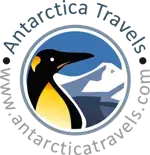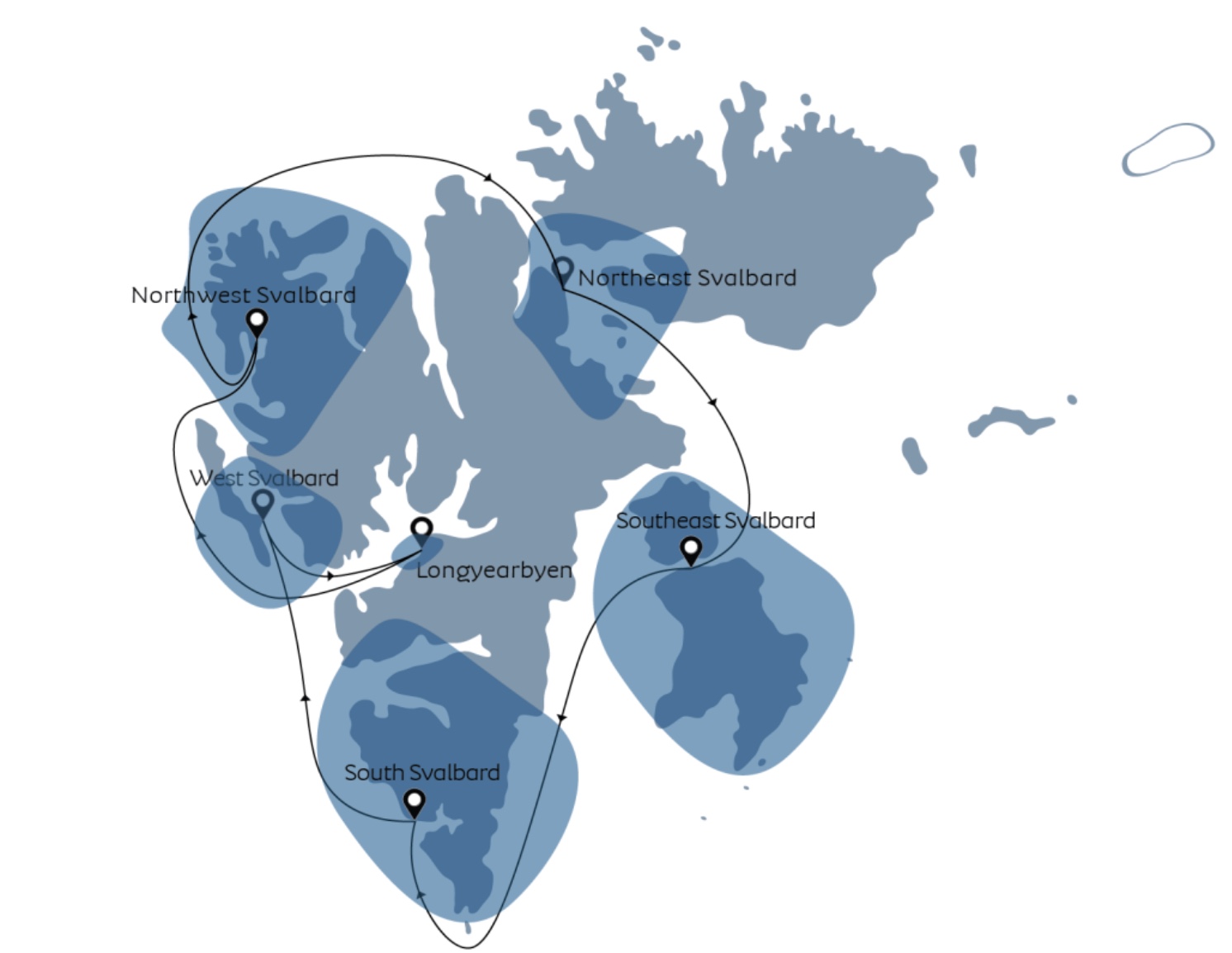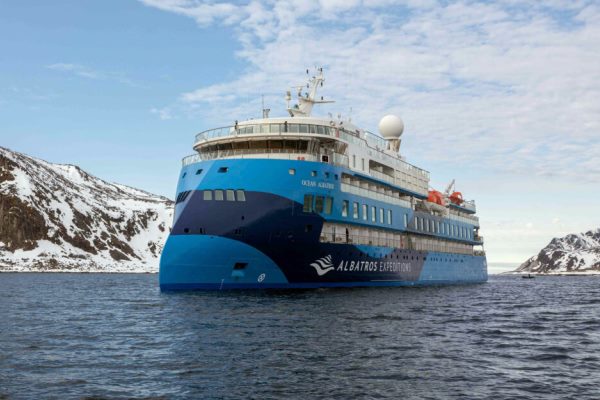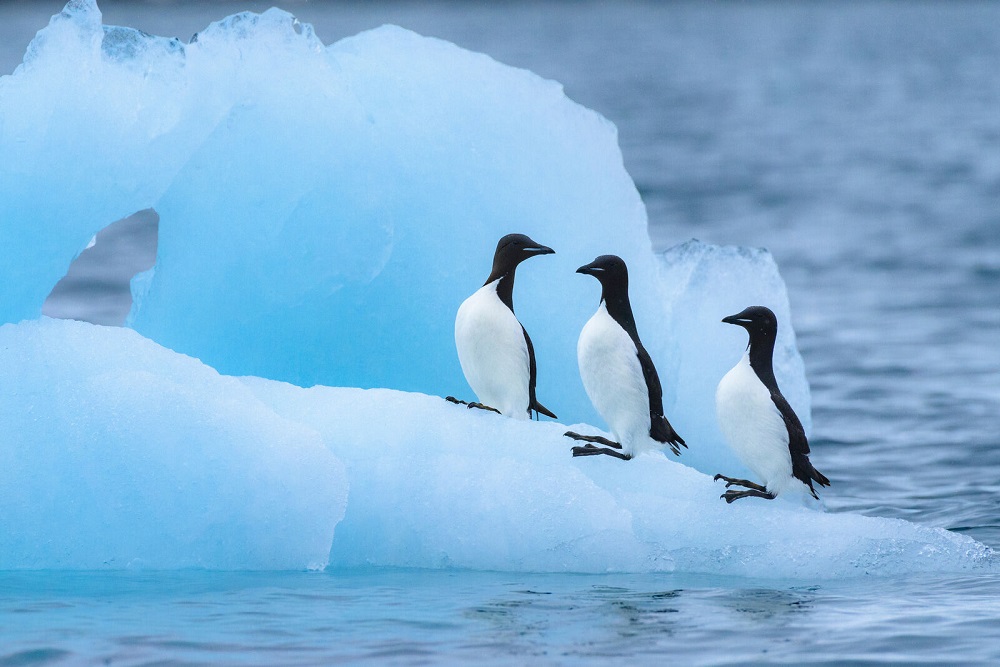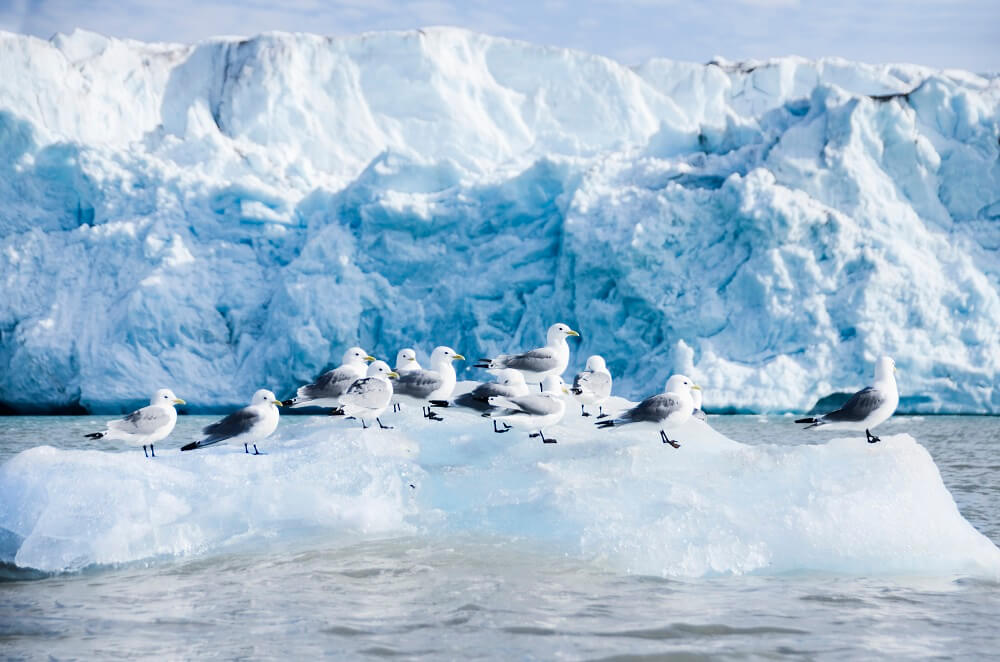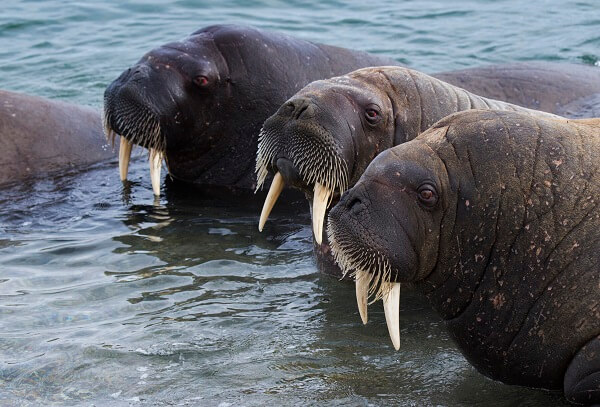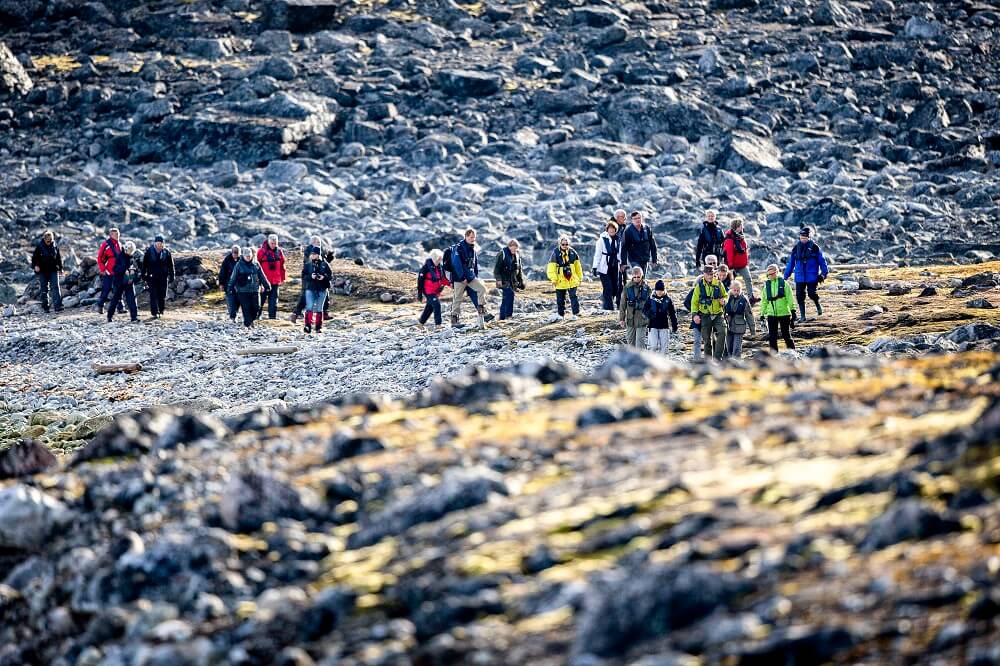Advanced filters:
Destination:
Month:
Year:
Trip Length:
Price:
Svalbard Circumnavigation
Start : 18 Jun, 2025 End : 27 Jun, 2025
Departure : Longyearbyen Arrival : Longyearbyen
10 Days
TRIPLE STATERROOM F
TWIN PORTHOLE D
JUNIOR SUITE A
SINGLE PORTHOLE G
SOLD OUT
FRENCH BALCONY E
SOLD OUT
BALCONY STATEROOM C
SOLD OUT
BALCONY SUITE B
SOLD OUT
Svalbard Circumnavigation
Start : 19 Jun, 2026 End : 28 Jun, 2026
Departure : Longyearbyen Arrival : Longyearbyen
10 Days
From
SOLD OUT
Ask Us a Question
SINGLE PORTHOLE G
SOLD OUT
TRIPLE STATERROOM F
SOLD OUT
FRENCH BALCONY E
SOLD OUT
TWIN PORTHOLE D
SOLD OUT
BALCONY STATEROOM C
SOLD OUT
BALCONY SUITE B
SOLD OUT
JUNIOR SUITE A
SOLD OUT
PREMIUM SUITE
SOLD OUT
Svalbard Circumnavigation
Start : 28 Jun, 2026 End : 7 Jul, 2026
Departure : Longyearbyen Arrival : Longyearbyen
10 Days
TRIPLE STATERROOM F
$7,895
TWIN PORTHOLE D
FRENCH BALCONY E
BALCONY STATEROOM C
BALCONY SUITE B
SINGLE PORTHOLE G
$11,595
JUNIOR SUITE A
PREMIUM SUITE
Svalbard Circumnavigation
Start : 7 Jul, 2026 End : 16 Jul, 2026
Departure : Longyearbyen Arrival : Longyearbyen
10 Days
TRIPLE STATERROOM F
$7,895
TWIN PORTHOLE D
FRENCH BALCONY E
BALCONY STATEROOM C
BALCONY SUITE B
SINGLE PORTHOLE G
$11,595
JUNIOR SUITE A
PREMIUM SUITE
